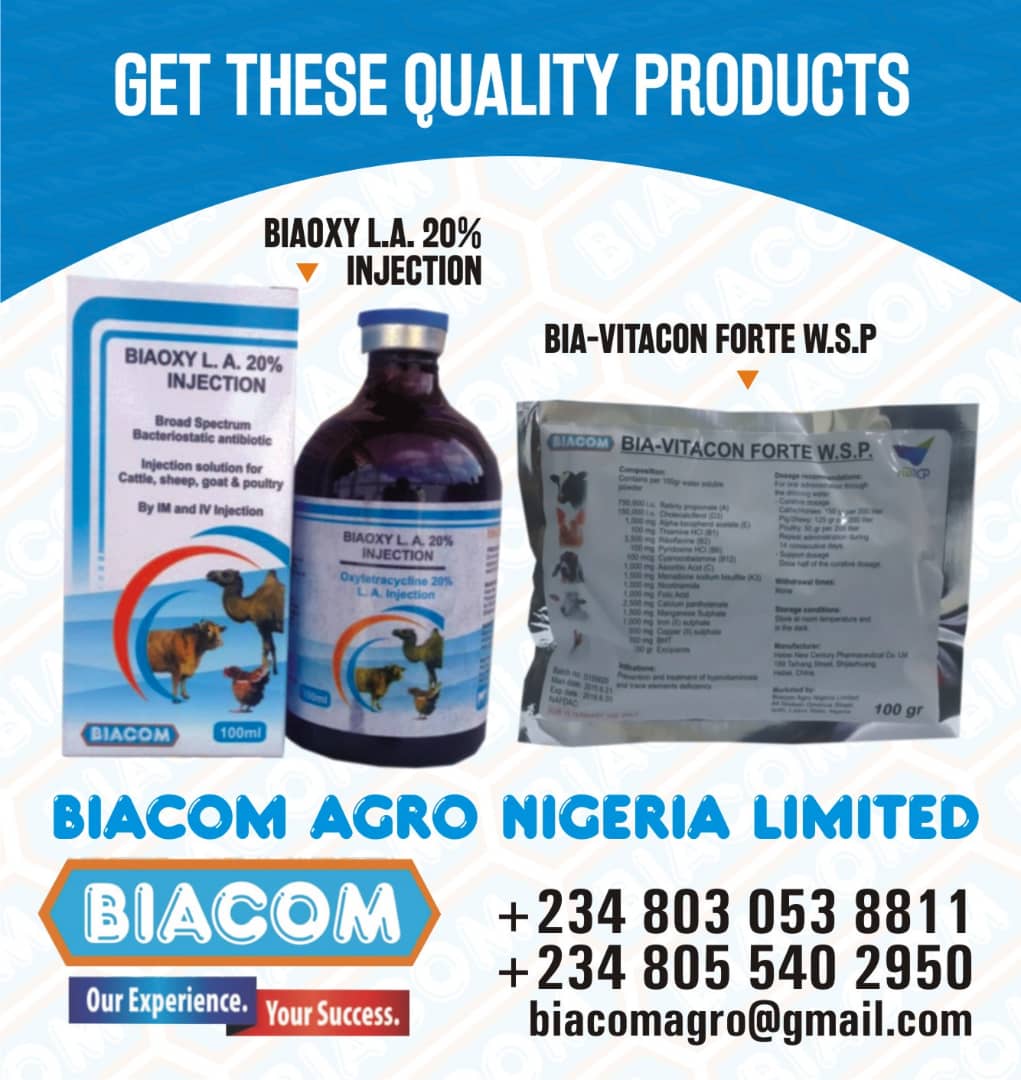Cattle Fattening: Four Steps for Optimising Cattle Performance
In beef cattle fattening farms, techno-economic performance optimisation is imperative for reaching profitability, whether in farrow-to-finish or fattening farms. The practical application of this goal requires a 4-step approach: consideration of the desired final outputs, analysis of the current situation, customized dietary program and final validation the solutions implemented.

 Learn More
Learn MoreConsideration of the targeted markets
Whether in farrow-to-finish farms or fattening ones, farmers must take into account the type of products required by their target markets to set up their productions goals: weanlings, calves aged less than 12 months, young calves aged 14 to 16 months… Prior knowledge of the commercial targets allows for the determination of objectives concerning weight, average daily gain (ADG), fat cover, color of meat, etc. This will help them to decide the type of diet to implement (dry diet, semi-dry diet, wet diet), the dietary levels needed and the most appropriate feeding program to apply.
READ ALSO: GOAT SUPPLEMENTS THAT YOU NEED TO IMPROVE HERD HEALTH
Analysis of the current situation
Achieving these goals requires a good overview and a thorough understanding of the current farming systems in use. At this point, undertaking a practical audit of the farm will help to identify the areas for improvement from a technical and economic point of view. In addition, performance modellings allowed by management tools are usually used in farrow to finish farms, and the teachings of market data (purchase price for calves, selling price of young bulls, the feeding program cost, etc.) will allow to determine profit margins.
Elaboration of a customised dietary program
A specific dietary program based on the farm’s technical and economic optimum can then be set up. This program should include the following:
optimisation of livestock resources: forages, feeds, additive minerals, raw materials and co-products available;
consideration of animals’ growth potential: ADG (Average Daily Gain) potential, growth curve
turn-over of young calves’
margin targets.
All these objectives are designed to choose the most suitable routes from a techno-economic standpoint. Data related to the desired objectives and the specificities of each farm can then be entered into an economic optimization software. This software will then allow to calculate the required nutritional needs thereby suggesting the most suitable feeding program.
READ ALSO: Goat Health Basics To Keep Your Herd in Good Performance
How can one find the best-fitting program? An overall knowledge of the nutritional values of the resources held in the farm (forages, raw material …) and consideration of production targets will help to determine the extent to which these resources can be used in the diet, as well as the most suitable feed supplements to use. These feed supplements will help compensate for the diet’s identified deficiencies and limitations in terms of energy profiles, nitrogen, fibrous mineral of the basic diet).
Upon designing the diet, the consideration of certain criteria will contribute to a more accurate management of the respective fattening phases: adaptation / start / growth / finishing. The other benefit of such precautions is that digestive upsets that are likely to occur at this stage will be more controlled and hence better prevented.
An unsuitable feeding program could result in underperformances and digestive disorders (acidosis, enterotoxemia …), with often heavy consequences: inefficient utilization of diets, lower daily weight gain for beef cattle, decreased performance, lameness, death … .
Furthermore, the incorporation of additive solutions in the diet can enhance the benefits of nutrients so they can be assumed to their full potential. To this end, some additive solutions can guarantee a secure optimisation of young calves’ growth. The action mode of these solutions consists of orientating ruminal fermentations to produce propionic acid ; propionic acid has a favorable effect on muscle growth. Since they also contribute to contain methane emissions, these solutions also limit energy waste.















